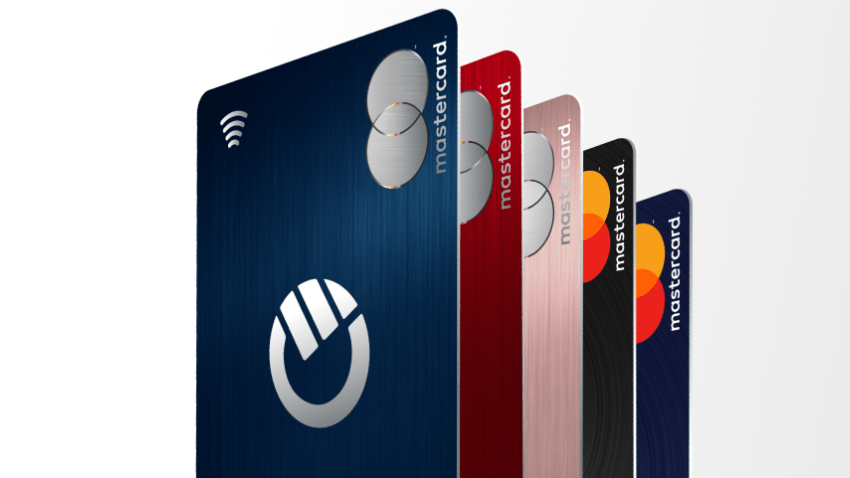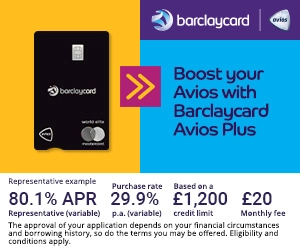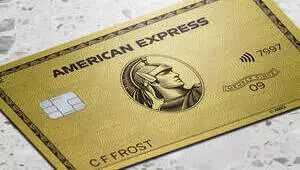Lloyds Bank in talks to buy Curve at a knockdown price – what went wrong?
Links on Head for Points may support the site by paying a commission. See here for all partner links.
Sky News reported yesterday that Lloyds Banking Group is in talks to buy ‘digital wallet’ Curve for around £100 million to £120 million.
This would represent a discount on the £133 million raised during Curve’s Series C round in 2023, and is likely to lead to substantial losses for most investors.
Over £200 million of equity has been invested in the business since it launched.

If you are a relatively new HfP reader (ie post pandemic) you may not have heard of Curve. Head for Points was heavily involved in its launch – I think there were six staff when I first met founder Shachar Bialick in 2016.
The main USP of the company at launch was that it issued you with a Mastercard which automatically recharged your purchases to an American Express card – or any other payment card stored in your electronic Curve wallet.
You could even withdraw cash from an ATM and have it recharged to your American Express card as a purchase!
Unsurprisingly American Express wasn’t keen on this and broke the arrangement within three months of the launch.
After this, Curve – frankly – was without a killer feature. It tried multiple ideas (Curve Rewards, Curve Fronted, Curve Flex – the latter a Klarna-style product) but nothing that would drive mass adoption.
Visa and Mastercard issuers began to turn against it. Curve had low FX fees so people could use a Curve Mastercard abroad and have the charge pop up – with no FX fees – on their usual Visa or Mastercard statement. This didn’t win it many friends.
Because Curve was a debit card during this period, you could also make pseudo-cash transactions which would appear on your linked Visa or Mastercard as a purchase. A lot of issuers didn’t like that either.
28th January 2019
The week of 28th January 2019, when I was travelling and trying to file HfP copy around other commitments, has gone down in HfP lore.

On 28th January 2019, Curve announced a huge relaunch – and American Express was back as a partner! Suddenly, once again, anything you could fund with a debit card could be (re)charged to an Amex card as a purchase. Our relaunch article got 576 comments.
36 hours later, on 30th January, American Express withdrew. This HfP article got 788 comments. To put that in context, our readership in 2019 was only 55% of what we had in 2024. It was a big, big deal. I remember Shachar calling me in whatever hotel I was in that night for a chat.
This was effectively the end of Curve Card getting editorial coverage on HfP. It only reappeared in June 2020 when – in a fluke of luck – it had started to move its payment processing away from Wirecard (yes, the criminal enterprise that was Wirecard) just days before Wirecard was closed down.
In October 2021, Creation Financial Services – issuer of the IHG credit cards – closed down, with no notice, all IHG credit card accounts which had been linked to a Curve Card. It confirmed to us that we were right to stop recommending it.
Whilst it DOES still have some uses in the miles and points community – as the Curve discussion in our forum shows – it got too difficult for us to keep track of which underlying card issuers (Virgin Money, Barclaycard, NatWest etc) were penalising Curve transactions and which weren’t. There was also the risk that another issuer would ‘do a Creation’ and invoke a mass shutdown.
In the end, Curve never found the one killer feature that would drive mass adoption. It was a very, very niche player in a space which rewards – indeed requires – scale.
What does Lloyds Bank want from Curve?
The real question is where Lloyds Banking Group sees even a reported £100-£120 million of value.
Sky News believes that Lloyds is attracted by the idea of creating a smartphone wallet which can be used to bypass Apple Pay fees. Recent EU regulatory changes will force Apple to allow other apps to access the NFC functionality in your iPhone to process contactless payments.
Curve may finally have found a USP – albeit, it seems, after the money ran out. It is also a USP that can only be exploited by a card issuer like Lloyds, because it is the issuers that want to stop payments to Apple. Lloyds Bank customers are unlikely to be happy if they can no longer use their payment cards with Apple Pay and need to open a separate Lloyds app instead.
Lloyds is only likely to want the technology. I think it is unlikely that the Curve Card or even the brand will survive.
I like Curve founder Shachar and I give him credit for sticking with the project for a decade even when it was clear that it was going to struggle to get mass-market traction.
Depending on the liquidity preference the company had to give to raise equity towards the end – it is possible that some investors were guaranteed a 100% return irrespective of the sale price – he could walk away with virtually nothing for 10 years of work.



 Rob
Rob 





Comments (162)